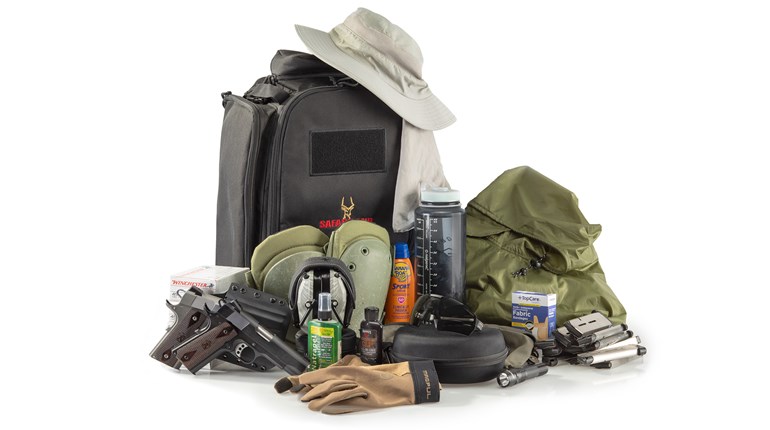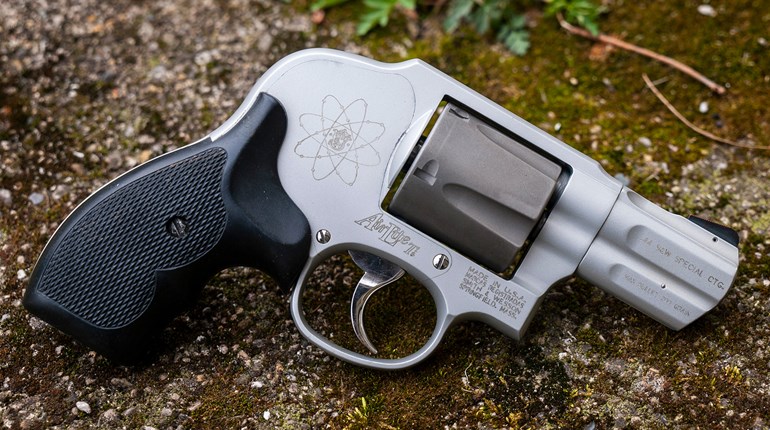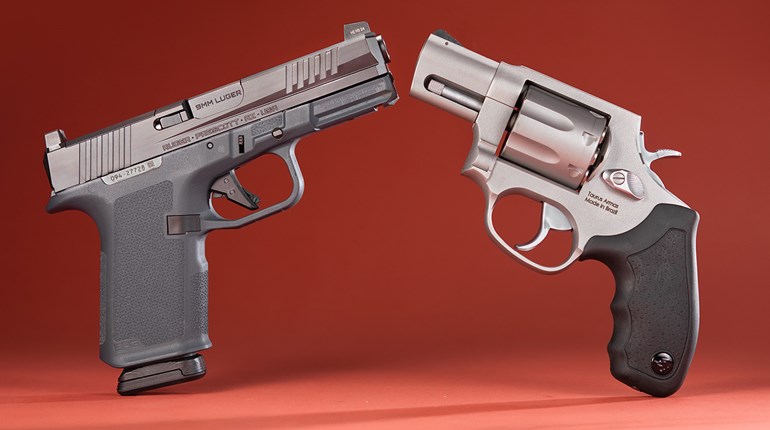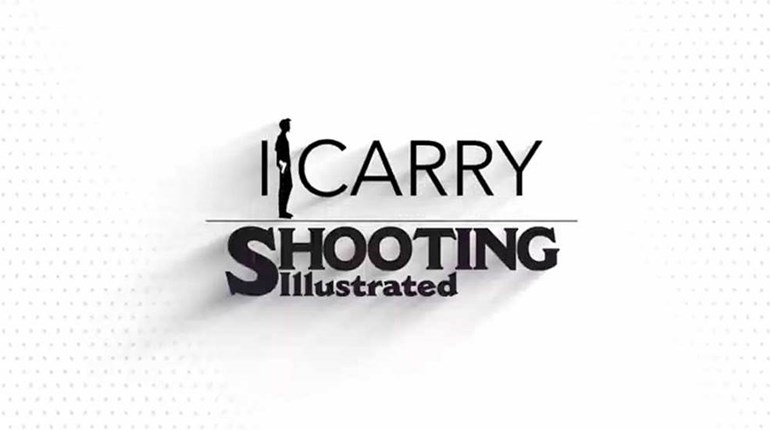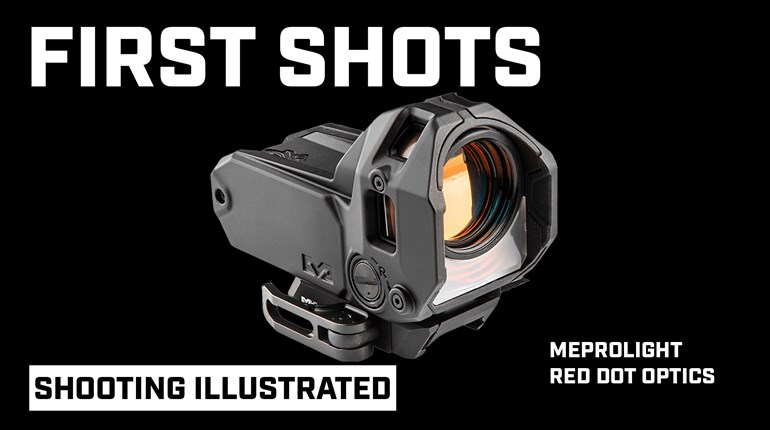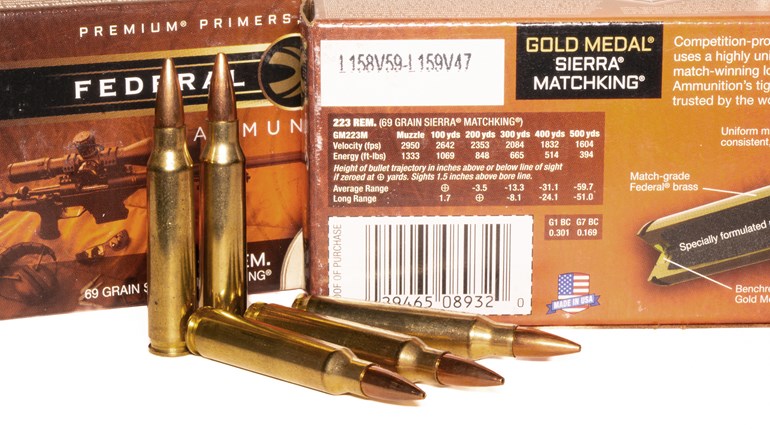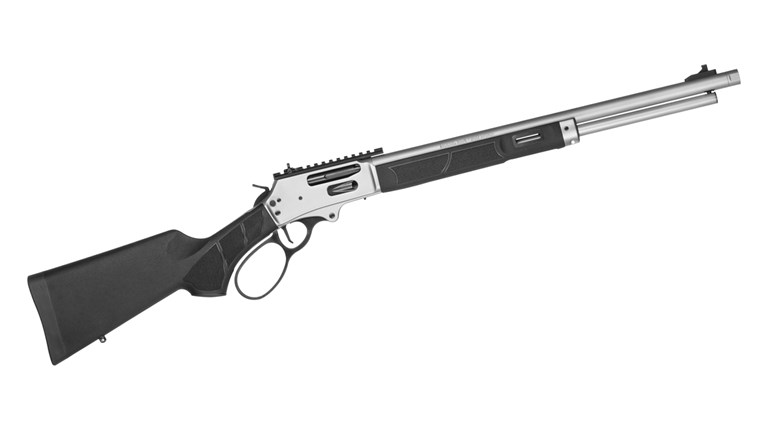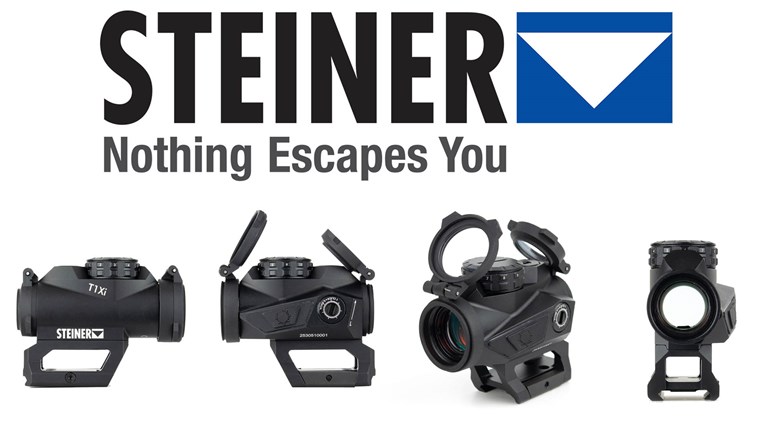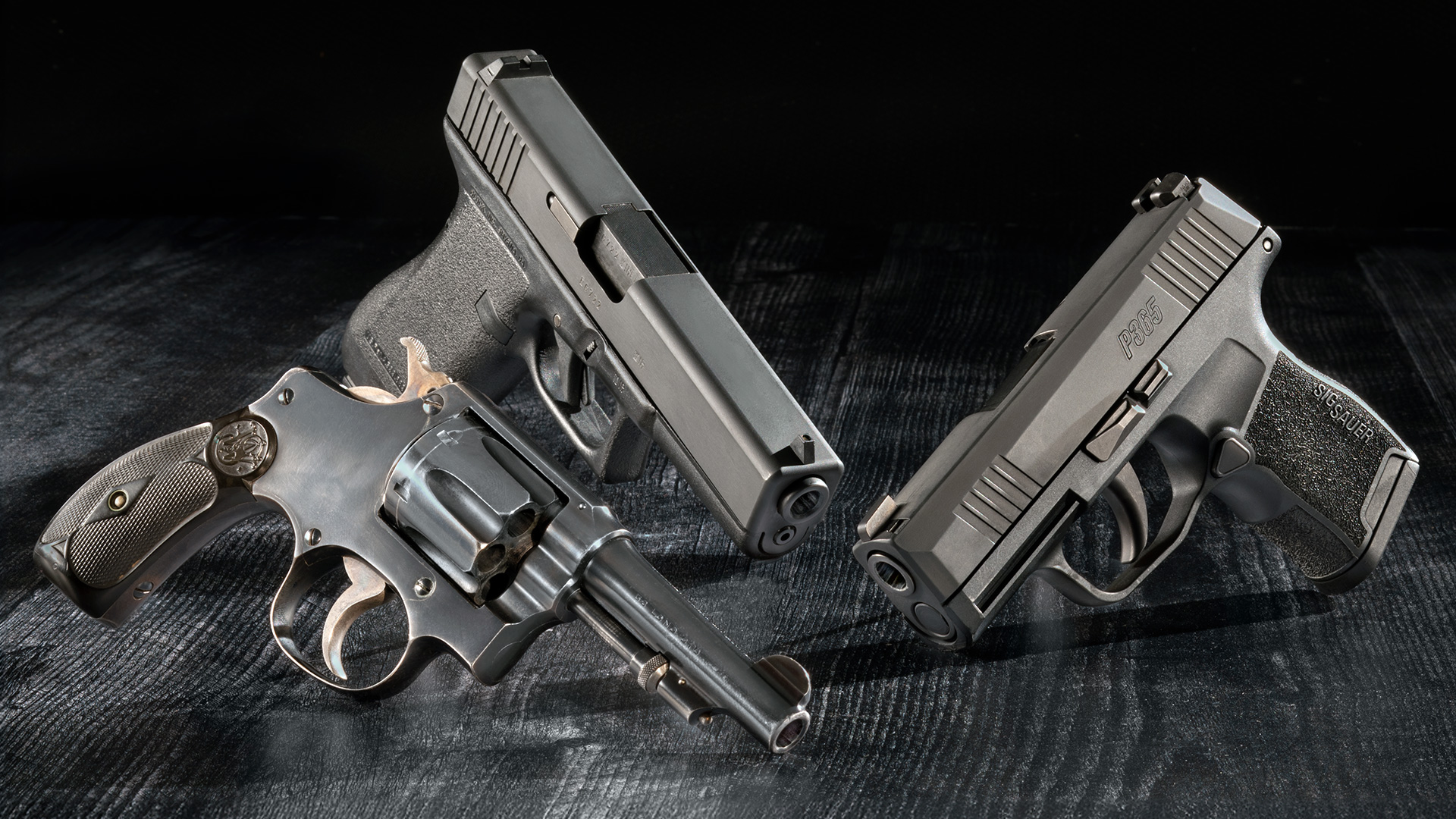
A vintage revolver like the Hand Ejector from Smith & Wesson or a Gen1 Glock G17 are certainly cool, but the cool factor is not the best criterion for choosing an EDC handgun when modern options like the popular SIG Sauer P365 provide greater benefits.
I was talking about sighting in the Judge red-dot sight from Gideon Optics on a Taurus 327 T.O.R.O. revolver when I got a dig about a “retro choice” in carry guns. I found this odd, and for a couple of reasons.
First, while double-action revolvers have been around for a while, yes, the 327 T.O.R.O. is only a year or so old, and so is the Gideon optic mounted atop it. The .327 Fed. Mag. cartridge itself is one of the few personal-defense handgun chamberings actually introduced in the current millennium.
While some people may declare that a revolver is, in and of itself, a “retro” choice, that’s entirely dependent on the circumstances and capabilities of the end user. If you’re living what I’ve referred to on these pages as “the snubby lifestyle” (a term I stole from trainer and retired LEO Darryl Bolke), meaning you’re in a low-crime area, generally in by dark or not long after and stay away from crowded places, it’s very unlikely that you’ll run into a personal-protection scenario that can’t be solved by a snubby revolver or a micro-compact pistol. And, have you ever noticed that a lot of those people who say a revolver doesn’t have enough capacity rarely denounce small, single-stack semi-automatics?
Are there cases where a revolver may indeed be “too retro”? Sure! For instance, unless you live someplace where you’re unlikely to have a double-digit number of people in your field-of-view and your biggest danger comes from large, quadrupedal carnivores, carrying a classic single-action thumb-buster that you have to unload and reload one round at a time through a loading gate is more of a fashion statement than a practical carry piece.
Similarly, a double-action revolver in an archaic caliber for which modern premium defense ammunition is not manufactured is kinda retro. A little I-frame Smith & Wesson Hand Ejector in .32 S&W Long or .38 S&W is, technically, capable of doing the job, and they’ve certainly settled the hash of plenty of bad guys in the past using plain-old-lead, round-nose ammunition, but neither would be my first—or even fourth—choice in this day and age.
Some similar caveats apply in the world of semi-automatic pistols.
If I told you that Fred was carrying a Glock G17 and Sue was carrying a 1911-pattern pistol, it would be easy to assume that Fred was Mr. Up-To-Date and Sue was lost in the Swamps of Nostalgia, but that ain’t necessarily so.
If Fred’s Glock G17 were a Gen1 or Gen2 pistol, then it would lack an accessory rail, possibly not have a captive recoil-spring assembly and not be compatible with a host of modern aftermarket upgrades or even current factory-replacement parts. In terms a smartphone owner would understand, it’s a legacy device that is no longer fully supported by the manufacturer.
Similarly, just saying that Sue is toting a “1911-pattern” pistol doesn’t necessarily mean that she’s holstered up the blaster that Grandpa snuck home from the European Theater of Operations in his duffle bag in 1945. It could be a brand-new Commander-size model from Springfield Armory or Kimber with a Picatinny-type accessory rail and night sights. Heck, if we’re stretching the “1911-pattern” tent to cover all possible occupants—including 2011s—she might be carrying a Staccato C with a Trijicon optic and SureFire light, and there is no possible universe where that’s a more “retro” pistol than a Gen2 Glock G17.
There’s another area where “retro” comes into play, and it comes with a big asterisk.
Just a bit ago, I mentioned the fact that a Gen1/Gen2 Glock might not be compatible with a lot of newer Glock parts. For a statistically vast majority of handgun owners, this isn’t necessarily a big deal, especially for a carry gun. Most folks take that carry gun to the range a couple times when it’s new, and then maybe get to the range and put a box of ammo through it once or twice a year thereafter until something else catches their fancy for use as a totin’ piece. Is this ideal? No, but it is what it is and there’s no point complaining about reality.
Most personally owned handguns don’t get fired enough to worry about parts wearing out or breaking.
If, however, you’re one of the statistical minority of handgun owners who participate in frequent range trips, shooting competitions and/or training classes as a hobby or recreation, this is a thing about which you should be aware.
The conventional wisdom is that you should have two (at minimum) copies of your carry/training/competition gun, because that way if you are at a match or class someplace and the gun takes a dump, mechanically, you can just holster up (in the same holster) an identical copy and carry on with the day’s activities.
The thing is, this presupposes that when you get home you can get the busted copy of your, e.g., FN 509 or Smith & Wesson M&P M2.0 back up and running with easily ordered replacement bits.
Personally, I’d been thinking about spending a year carrying, training and competing with long-discontinued Third Generation Smith & Wesson single-stack 9 mm pistols. I’ve got a few, I shoot them well and I can definitely meet the “bring two identical guns to a class/match” threshold, but here’s where I get bit by the retro monster.
If I bring two Gen5 Glocks or Springfield Echelons to a class and one goes down, I holster up the other, continue the weekend’s festivities and I can probably order the bits I need to fix the busted one from my laptop in the hotel room and they’ll arrive shortly after I get home.
If you break a Smith & Wesson Model 3913, however, you’re going to be hoping the replacement parts are on Numrich or you can find them on Gunbroker. If you’re a revolver aficionado, it can be even worse. Smith & Wesson Hand Ejector parts aren’t “unobtainium” and decent Smith & Wesson revolversmiths aren’t impossible to find, but Lord help you if you jack up an old Colt Detective Special in a snubby revolver class.
If you want to carry a blaster that’s outside the mainstream, it’s important to know where the mainstream is, and what rocky rapids await those who paddle beyond it.













